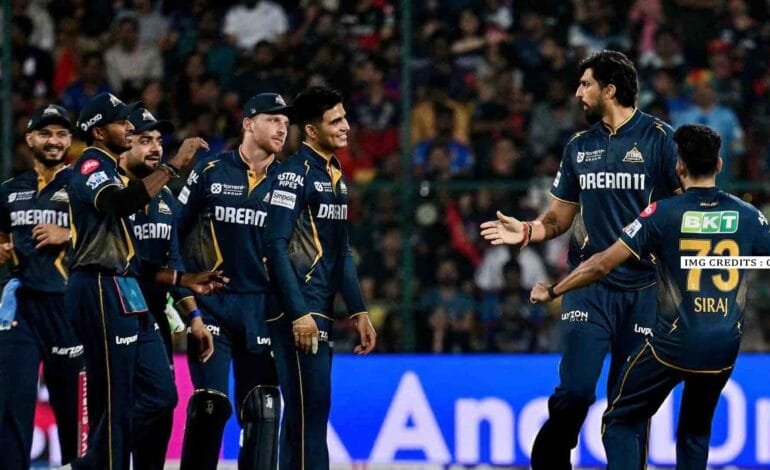How T20 Cricket is Killing the Art of Test Match Batting
Cricket has changed drastically over the years, but no format has had a bigger impact than T20. While the shorter version has brought excitement and innovation, it has also chipped away at the traditional skills of Test match batting. The art of patience, technique, and resilience—once the foundation of Test cricket—is fading as aggressive, high-risk stroke play becomes the new norm.
The T20 Revolution and Its Influence on Batting
T20 cricket thrives on explosive batting. Players aim to score quickly, often taking risks that were once unthinkable in the longer format. As a result, batting techniques have shifted. Instead of focusing on defensive strokes and long innings, modern players prioritize big shots, improvisation, and aggressive gameplay.
While this approach suits the fast-paced nature of T20 cricket, it has drastically affected batting in Test matches. Young cricketers, influenced by T20 leagues like the IPL and BBL, develop their skills around power-hitting rather than defensive mastery. As a result, many struggle when asked to grind out a long innings in red-ball cricket.
Decline of Defensive Batting in Test Cricket
In the past, Test cricket legends built their careers on patience and technique. Players like Rahul Dravid, Cheteshwar Pujara, and Alastair Cook were known for their ability to bat for hours, wearing down the opposition. Today, such innings are rare. Many batsmen, even in Tests, look to attack from the start rather than build an innings over time.
The number of Test batsmen who can absorb pressure and play long defensive innings has significantly decreased. Strike rates in Test cricket have surged, but batting collapses have become more common. Teams struggle to survive challenging sessions because players are less accustomed to defensive batting.
T20 Mindset Leading to Test Failures
Several modern-day cricketers, highly successful in T20 cricket, have failed to replicate their performances in Tests. The attacking mindset that works in T20 often backfires in the longer format, where patience and adaptability are key. Players who thrive in franchise leagues sometimes struggle to adjust to Test match conditions, where shot selection and temperament matter more than just strike rate.
Additionally, bowlers in Test cricket exploit the weaknesses of aggressive batsmen. Swing, seam, and spin bowling require careful shot selection—something that a purely T20-trained batsman often lacks.
Is Test Cricket Losing Its Identity?
With T20 leagues dominating the cricketing calendar, young players are drawn towards the glamour of shorter formats. Test cricket, once the ultimate stage for batsmen to prove their skill, is now facing an identity crisis. While some players still value the format, the influence of T20 cricket has undeniably altered how batting is approached.
The question remains—can Test cricket preserve its traditional batting artistry, or will the aggressive, high-scoring mindset of T20 permanently reshape the game?



